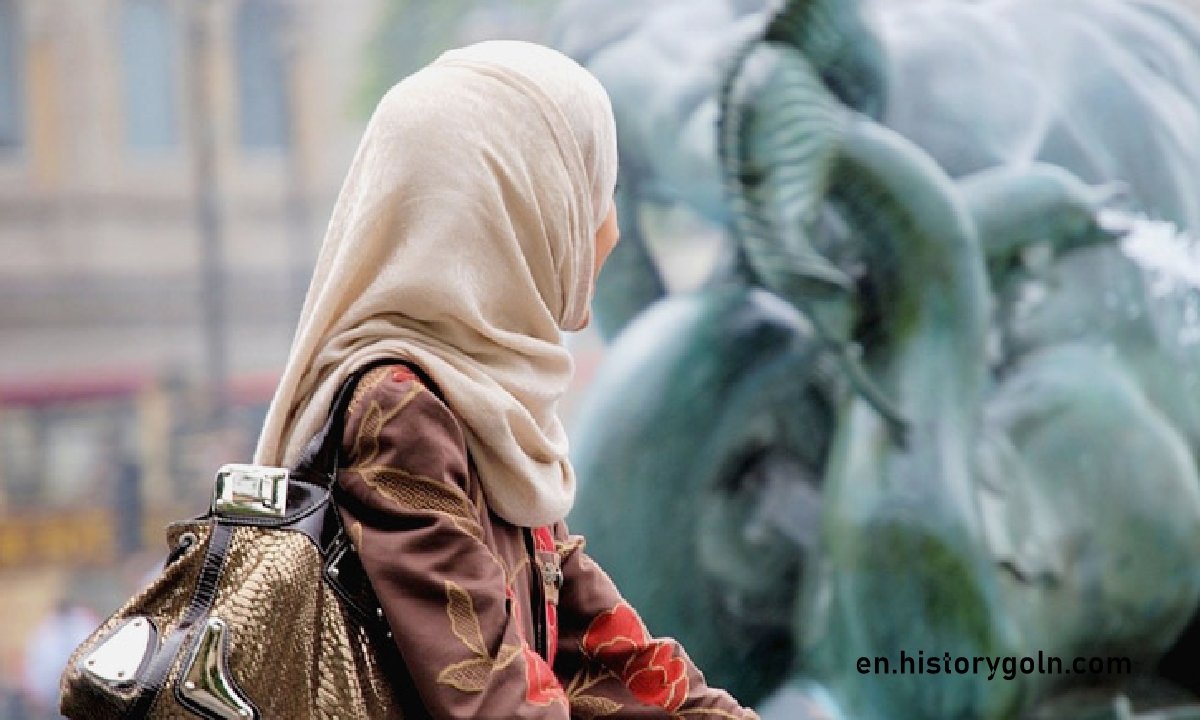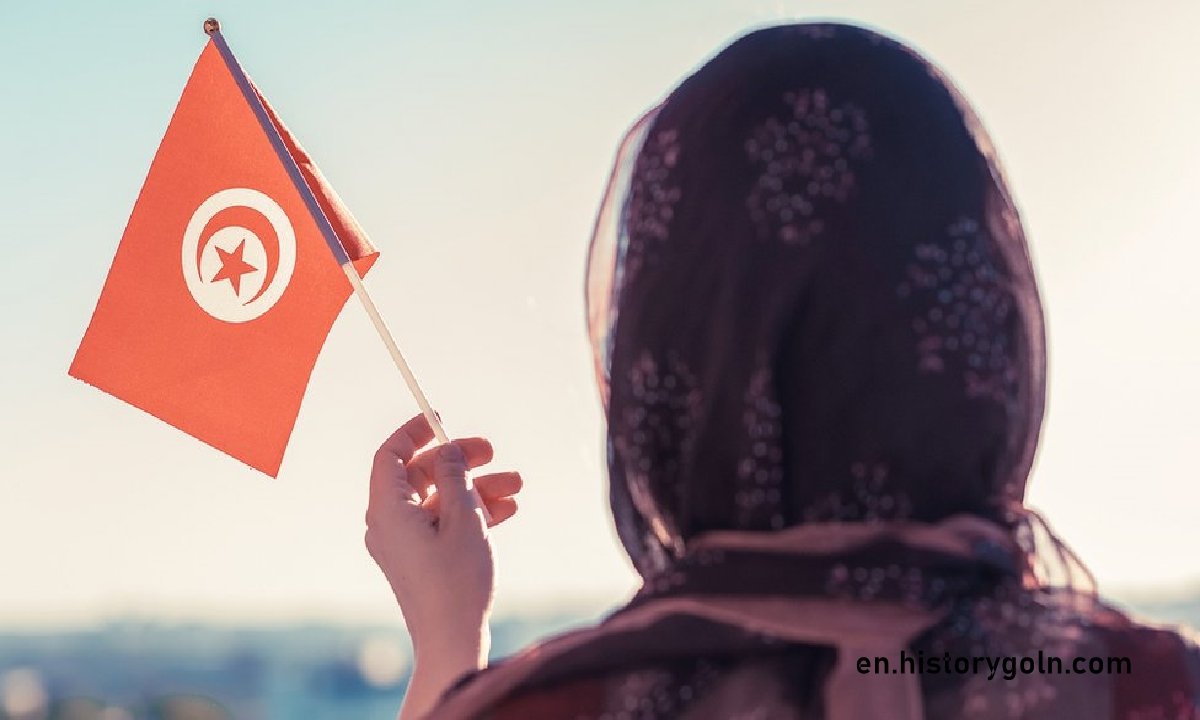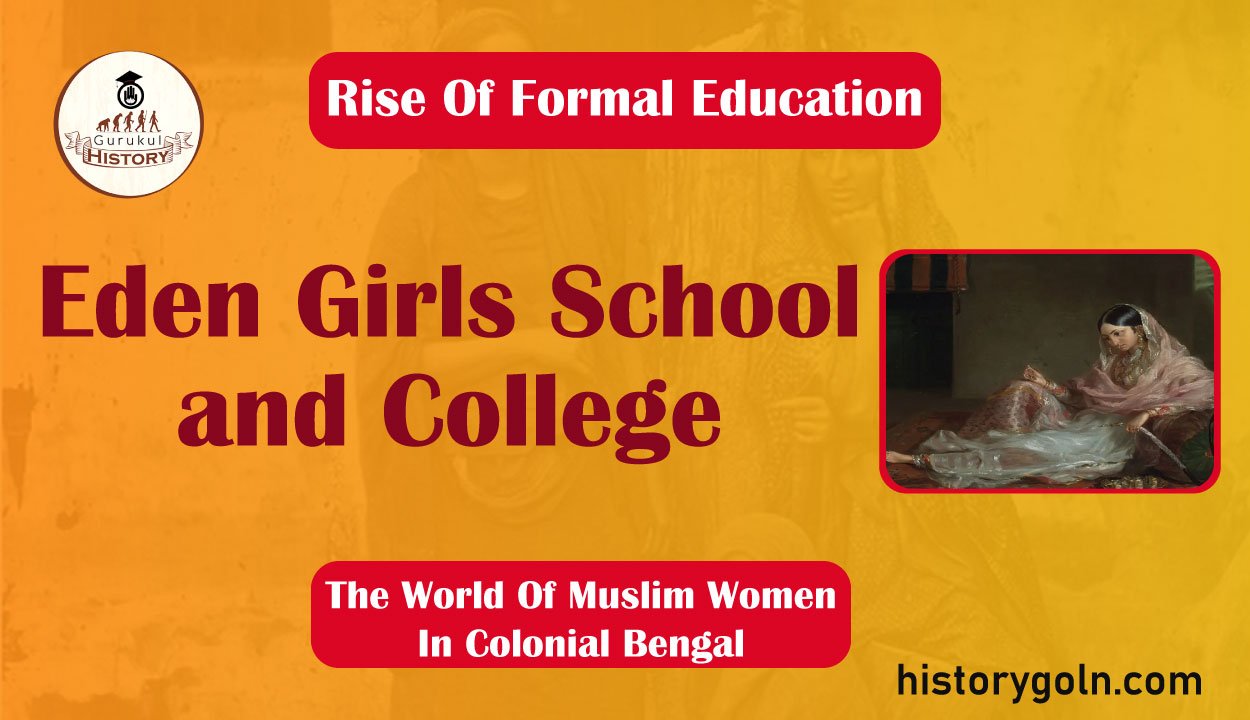Today our topic of discussion is Eden Girls School and College .
Eden Girls School and College

As mentioned above, Dhaka had been experiencing its own course of moder- nization and reform. The founding of the first formal school Eden Female school, named after the Lt. Governor of Bengal, Ashley Eden, was a mile- stone in women’s educational history in this period. School records do not exist and the school itself was later merged with Kamrunnesss in the first half of the twentieth century.
For the origins of the school, one has to go back to the times when the local residents of Dhaka, specially the Brahmos, were making their experiments in female education. One of the first endea vours was the Antahpur Shiksha Sabha or Zenana Education Society. Under the auspices of Shubha Sadhini Sabha (philanthropic society), a Female Adult School was founded in 1873, which was attended mainly, though not exclusively, by Brahmo girls.
This was the school Mary Carpenter had insp- ected. Encouraged by Miss Carpenter’s report, the government of Bengal asked the Philanthropic Society if another girls’ school could be set up in Dhaka.
In response the Dhaka Brahmos, led by Nabakanta and Brajasundar Mitra, proposed to convert their Female Adult School into a girls school which was formally opened in June 1878, within months the founders deci- ded to hand over the management to the government under the new name of “Eden Female School’ as appreciation for the Lieutenant Governor.
Ashley Eden’s interest in the matter of female education in Dhaka. “The commit tee’s proposals were accepted and so in September 1875, the now famous Government controlled Eden Girls’ School came into existence.” Another source, also cites 1878 as the year in which “Ashley Eden established a Middle Vernacular school for girls in Dhaka”.
The school was founded in Lakshmibazar (in old Dhaka). The Bamabodh- ini Patrika of March 1880 (no. 182) continued a discussion on female edu- cation and stated that out of 153 students at Eden in 1880, only one was Muslim. In 1911 the number of Muslim girls rose to 25; there were 209 Hindus and Christians, 1 Parsee, 1 Eurasian. In 1896-97, Eden Female School was a Vernacular school, one of the six High Schools for girls in Bengal.
Of these only Bethune School in Calcutta and Eden School in Dhaka were maintained by the Department of Education. This was the first government secondary school for girls in the region and was to remain so for a long time.
The education report of 1896-97 stated that Eden had 130 girls and “passed one at the matriculation” At the time the Sixth Quin- quennial Review (1907-1912) was being compiled, Bengal had 24 English secondary schools for girls. It was reported that the province of Eastern Bengal and Assam “possesses a very excellent high school at Dhaka with training classes and a boarding house 45, meaning Eden School.

Akhtar Imam (b. 1917), an eminent student of Eden Girl’s School and College, gives a vivid picture of the school in her memoir ‘Eden Theke Bethune. She traces the story of Eden from the 1920’s to the close of the 1940’s when it was located at Buddurghat in ‘Old Dhaka. According to government reports the school was miserably housed and the teaching *below the proper mark’; but the townspeople certainly looked up to it. Mrs Imam reminisces:
The Ramayana and Mahabharats were read as texts from the very lower classes. We would enjoy the stories of Ram and Ravana, Sita’s exile, the battle of Kurukshetra… In writing of those days in Eden, lost forever, the names of so many former Muslim students come to 46 my mind…)
Mrs Imam provides a sizable list (but no dates) of women who studied at Eden in the early part of this century and became eminent personalities later on and contributed to the women’s educational movement in Bengal. Altafunnessa, Mrs Imam’s older sister, did her B.A. from Bethune and worked variously as School Inspectress, Headmistress of Calcutta Female Training School, etc.
Mrs Jahanara Haider passed Matriculation examination with distinction from Comilla Faizunnessa Girls’ High School in 1933 and came to study at Eden college Jahanara, who like many other Muslim women at that time observed strict purdah and never forsook the burga, studied English at Bethune (Mrs Imam refers to herself and Jahanara as the first two Muslim women graduates with Honours). Rabeya Khatun came from Rajshahi to study at Eden and later went on to Bethune.
She worked as headmistress at several schools and was the first principal of the Female Training College at Mymensingh. Khodeja Khatun of Bogra made her career as an educationist, retiring as principal of Eden College, Maleka Akhtar Bano, who studied with Mrs Imam in school, was one of the pioneers among women studying Science. Later she obtained a PhD from UK. and worked as professor of Chemistry at Eden Girls’ College for many years. The list is long and includes the names of Afsarunnessa, Sitara Begum, Jamshedunnessa.
Lutfunnessa Zoha, Zobaida Khatun, Lulu Bilquis Bano, Nur Jahan Begum, Laila Arjamand Bano all who studied at Eden and later built up careers as writers, educationists, editors or artists. About the role of Eden Girls’ school and college, Akhtar Imam commented:
It would not be wrong to say that many of Bengal’s unfavoured female population, who have subsequently crossed the barriers of superstition and ignorance have dared to tread the path blazed by the women whose names I have mentioned.”
Mrs Imam looks up to Fazilatunnessa Zoha (1905-76), first Muslim woman in the region to obtain a Master’s in Mathematics, as a model for women of the time. She passed her matriculation examination from Eden School with flying colours in 1921.
After completing her Bachelor’s from Bethune College in Calcutta, she came to study Mathematics at Dhaka University (founded in 1921). Nazrul Islam himself wrote a poem in her honour. Nasiruddin, the editor of Saugat arranged a reception for Fazilatunnessa in Calcutta, after her M.A. result, disregarding the opposition put up by the orthodox quar- ters which did not want a woman to be accorded a “public” reception.
The event described by Nasiruddin illustrated the incompatibility between the progressive-liberal and the conservative orthodox groups that had deve- loped. Fazilatunnessa also chose education as a career.
She was the head of the Department of Mathematics at Bethune College in Calcutta, and later its Vice-Principal. “It was a rare honour for a Muslim woman to become Vice-Principal in a premier educational institution in those days. 48 1947 her family opted for Pakistan and Fazilatunnessa came to Dhaka and took over the charge of Eden College an its principal.
Daulatunnessa Khatun (b.1918) had a somewhat different career from all the women mentioned here. Married at a very early age, she went to Eden Girls’ School till 1930 at which point she had join her husband’s family in Gaibandha Daulatunnessa, however, pursued her studies in private and ultimately obtained the B.A. degree. But her abiding contribution was the example she set by joining in the nationalist struggle against the British. one of the few Muslim women who were able to do so.
Daulatunnessa organ- ized women’s samitis (associations) in Gaibandha which carried on the work of Gandhi and his “civil disobedience movement, in remote villages of Bengal. She was only fourteen at the time, but she had decided that it was her task to work among the women of rural Bengal.
People gathered from far and wide to hear her speak. At this juncture the women’s movement had been co-opted by the nationalist struggle and however faint the light Daulatunness carried the torch of the political struggle into the Muslim andarmahal. She also wrote novels and short stories. Lila Nag and Fazilatonnessa paved the way for women entrants to Dhaka University.

Another milestone was the appointment of Koru Kona Gupta as a teacher in the Department of History in 1935. She became the first woman to receive an appointment at Dhaka University.
These events opened a new chapter in the history of women’s education in the region and larger number of girls stepped out of the andar to pursue studies. By the close of the 1930’s middle class Muslim families were sending their female wards to educational institutions.
See more:
